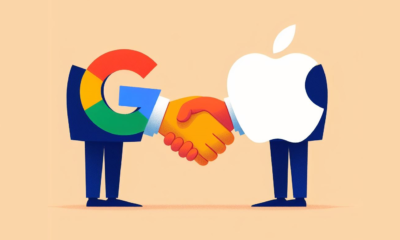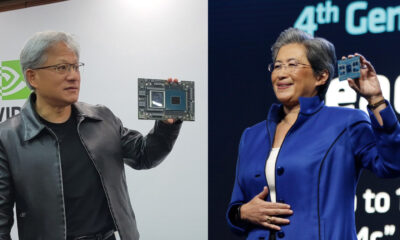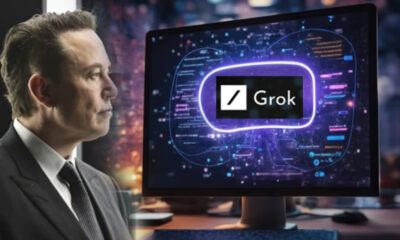AI
Economic Paradox with ChatGPT
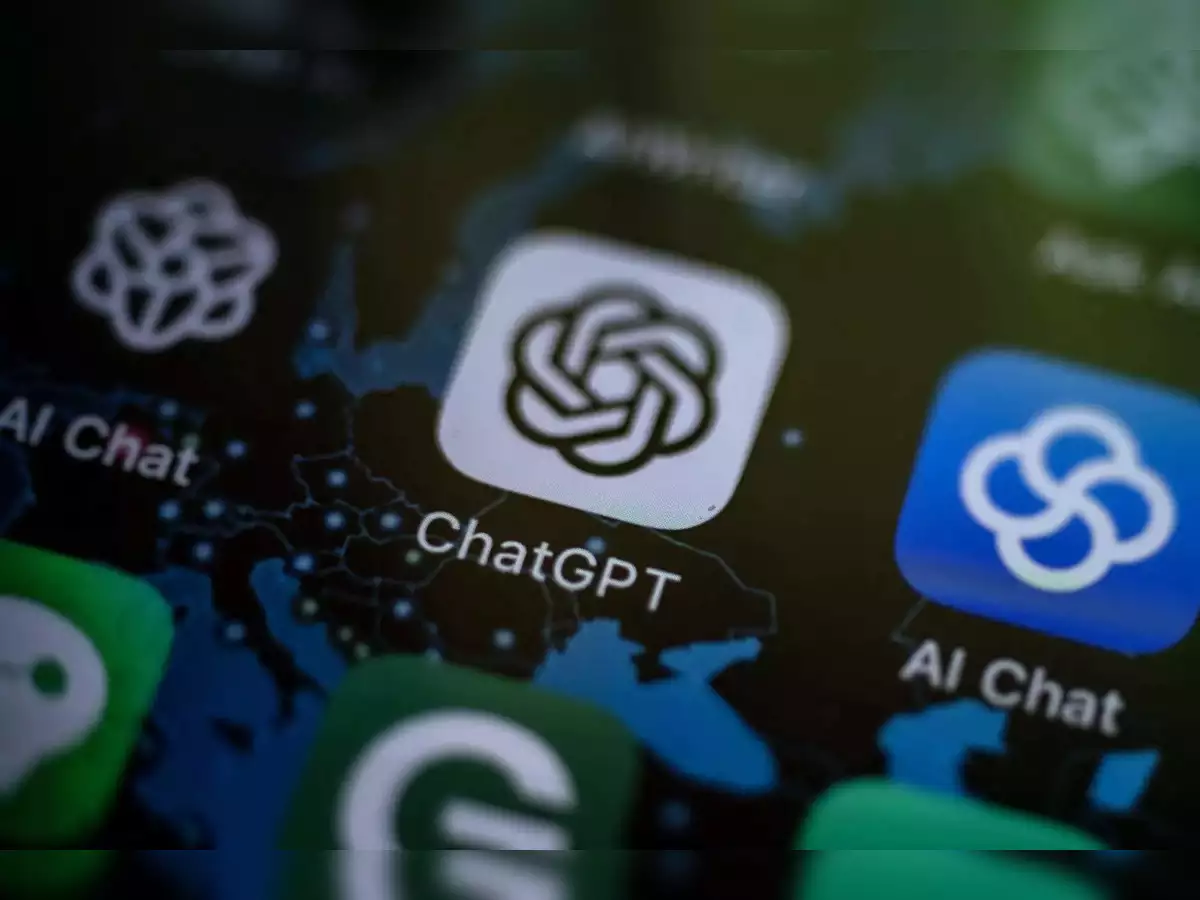
In recent years, the development of artificial intelligence (AI) has led to a new technological wave that revolutionizes the way people live and work. One of the most significant milestones of AI is the emergence of chatbots – language models that use machine learning to generate interactive text for human interaction. One notable example is ChatGPT, developed by the startup company OpenAI, which has attracted a large user base.
Since its launch in November 2022, ChatGPT has quickly gained global popularity, with over a million sign-ups within just one week, and by the end of January 2023, it surpassed 100 million users. In comparison, according to Sensor Tower statistics, it took Facebook nearly two years, the short video sharing platform TikTok nine months, Instagram 2.5 years, and Google Translate more than six years to reach the 100 million user mark.
Similar to the development of artificial intelligence (AI) itself, ChatGPT has brought about a technological revolution that impacts and transforms the way people live and work. The greatest impact of artificial intelligence will be in enabling humans to achieve discoveries and advancements that would be difficult to attain on their own. ChatGPT utilizes information that humans “have” to generate information that humans would find challenging to obtain, particularly in the realm of prediction. From an economic perspective, what is the impact of ChatGPT?

Does ChatGPT bring about a “revolutionization of the traditional economy”?
In various fields of work, ChatGPT can help expand the expertise and capabilities of non-experts, such as economists with limited knowledge of complex machine learning tools, by providing them with a document search tool. This means that machine learning can be brought to the field of economics.
To determine the specific contribution of AI to GDP, several factors need to be considered, including the pace of AI technology development, investment and application of this technology across different industries, the development of AI education and training systems, and supportive government policies.
Although there is still limited research on the economic contribution of AI, a report by Goldman Sachs published in April 2023 indicates that AI could increase global GDP by an additional 7% in the next decade. Despite some hesitation and uncertainty from businesses, AI technology is predicted to generate nearly $16 trillion for the global economy by 2030.
That is why many countries around the world are increasing their spending on this technology. Some economists also argue that with the application and development of AI policies, Southeast Asian countries can reap billions of dollars in benefits from artificial intelligence.
In Southeast Asia, AI technology is predicted to contribute $1 trillion to the GDP of countries in the region by 2030. Specifically, AI is expected to contribute $92 billion to the GDP of the Philippines, and for Indonesia, AI could add $366 billion to its GDP in the next decade.
However, behind those monetary figures, artificial intelligence, specifically ChatGPT, is generating benefits that traditional economics has not accounted for, similar to services like free information and data from Wikipedia, email services like Gmail, digital maps like Google Maps, and video-sharing platforms like TikTok. These products have enormous economic value and provide significant benefits, yet they are fundamentally not captured in national accounting systems.
There is a paradox where ChatGPT is creating numerous high-value services but almost has no cost, especially with near-zero marginal costs. In the digital economy, data is increasingly becoming a crucial factor of production. However, accurately measuring the value of intangible assets is challenging beyond establishing their existence.

Therefore, a revolutionary challenge for current traditional economic models is how to integrate the “data” factor with traditional elements, especially human capital, to assess the complete and accurate contributions and sources of growth from each factor.
Can ChatGPT solve the “Solow productivity paradox”?
Paul Krugman has stated that productivity is not everything, but in the long run, it is almost everything when it comes to improving a nation’s standard of living over time. While productivity growth is considered the decisive factor for countries to become wealthier and more prosperous, unfortunately, this process has stagnated in the United States and most advanced economies (specifically, the United Kingdom and Japan) since the 1980s.
In 1987, Robert Solow, who won the Nobel Prize that year for explaining how innovation drives economic growth, famously said, “You can see the computer age everywhere but in the productivity statistics.” This “Solow productivity paradox” refers to the phenomenon in the 1980s and 1990s where, despite rapid advancements in information technology, productivity growth in the United States was negligible.
The discussions and debates among economists about this paradox have raised concerns about whether it applies to AI as well, indicating that AI developers may have somewhat optimistic views and assessments of artificial intelligence technology. Two years ago, there were predictions of a productivity boom from AI and other digital technologies, and today there is continued optimism about the impact of new AI models. Much of this optimism comes from the belief that businesses can greatly benefit from using AI like ChatGPT to expand services and improve labor productivity.
With economies rapidly advancing in AI, the majority of the workforce will consist of knowledge workers and information workers. The question arises as to when productivity growth will fundamentally improve. The answer, in principle, depends on whether we can find ways to use the latest technology differently from previous business transformations in the computer era.
Most economists today believe that patience is required as current statistical data still shows a surprisingly slow impact of artificial intelligence and other digital technologies in improving economic growth. The reason is that so far, companies have only been using AI to perform tasks “slightly better.”
However, with the hope that ChatGPT and other AI chatbots primarily automate cognitive work, which is different from investment in equipment and infrastructure, productivity gains are expected to occur much faster than the previous information technology revolution. Although the timing of productivity growth with AI is still uncertain, some economists have predicted that we may see significant increases in productivity by the end of 2024
AI
Elon Musk’s super AI Grok was created within two months.
The development team of xAI stated that Grok was trained for two months using data from the X platform.
“Grok is still in the early testing phase, and it is the best product we could produce after two months of training,” xAI wrote in the Grok launch announcement on November 5th.
This is one of the AI systems that has been trained in the shortest amount of time. Previously, OpenAI took several years to build large language models (LLMs) before unveiling ChatGPT in November 2022.
xAI also mentioned that Grok utilizes a large language model called Grok-1, which was developed based on the Grok-0 prototype with 33 billion parameters. Grok-0 was built shortly after the company was founded by Elon Musk in July of this year.
With a total time of approximately four months, the company asserts that Grok-1 surpasses popular models like GPT-3.5, which is used for ChatGPT. In scoring benchmarks on mathematical and theoretical standards such as GSM8k, MMLU, and HumanEval, xAI’s model outperforms LLaMa 2 70B, Inflection-1, and GPT-3.5.
For example, in a math problem-solving test based on this year’s Hungarian National High School Math Competition, Grok-1 achieved a score of 59%, higher than GPT-3.5’s score of 41% and only slightly below GPT-4 (68%).
According to xAI, the distinguishing feature of Grok is its “real-time world knowledge” through the X platform. It also claims to answer challenging questions that most other AI systems would reject.

On the launch day, Musk also demonstrated this by asking the question, “the steps to make cocaine.” The chatbot immediately listed the process, although it later clarified that it was just joking.
This is the first product of Musk’s xAI startup, which brings together employees from DeepMind, OpenAI, Google Research, Microsoft Research, Tesla, and researchers from the University of Toronto. Musk is also a co-founder of OpenAI, the organization behind ChatGPT, established in 2015. He later left the company due to disagreements over control. During his departure, he declared his intention to compete for talent from the company while also cutting off the previously promised $1 billion in funding.
Read more: Google, Meta, Microsoft, OpenAI… agree with voluntary measures to protect AI.
AI
AI generation – a new battleground in phone chip design.
Smartphone and mobile chip manufacturers are participating in the wave of AI generation to bring this technology to phones in the near future.
AI generation has exploded over the past year, with a range of applications being released to generate text, images, music, and even versatile assistants. Smartphone and semiconductor companies are also building the latest hardware to not miss out on the wave. Leading the way is Google’s Pixel 8, while Qualcomm’s Snapdragon 8 Gen 3 processor is also set to be launched in the coming days.
The latest signs indicate that phone manufacturers are welcoming AI generation from Google. The Pixel 8 series is the first set of smartphones capable of operating and processing Google’s Foundation Models for AI generation directly on the device without the need for an internet connection. The company stated that the models on the Pixel 8 reduce many dependencies on cloud services, providing increased security and reliability as data is not readily available.
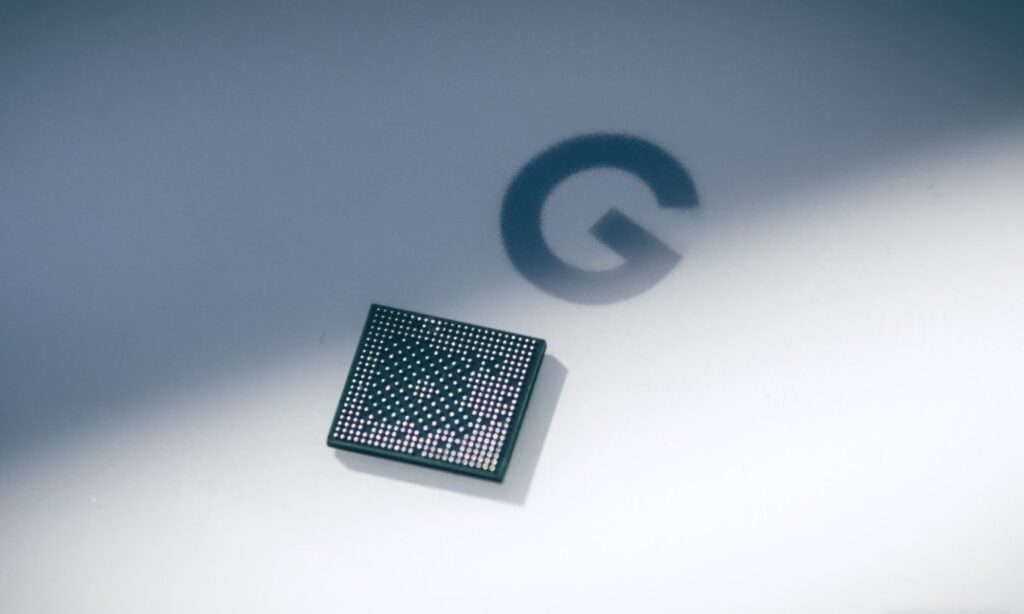
This has become a reality thanks to the Tensor G3 chip, with the Tensor (TPU) processor significantly improving over last year. The company usually keeps the operation of the AI chip secret but has revealed some information, such as the Pixel 8 having double the number of on-device machine learning models compared to the Pixel 6. The AI generation on the Pixel 8 also has the ability to compute 150 times faster than the largest model of the Pixel 7.
Google is not the only phone manufacturer applying AI generation at the hardware level. Earlier this month, Samsung announced the development of the Exynos 2400 chipset with AI computing performance increased by 14.7 times compared to the 2200 series. They are also developing AI tools for their new phone line using the 2400 chip, allowing users to run text-to-image applications directly on the device without an internet connection.
Qualcomm’s Snapdragon chip is the heart of many leading Android smartphones globally, which raises expectations for the AI generation capabilities on the Snapdragon 8 Gen 3 model.
Earlier this year, Qualcomm demonstrated a text-to-image application called Stable Diffusion running on a device using Snapdragon 8 Gen 2. This indicates that image generation support could be a new feature on the Gen 3 chipset, especially since Samsung’s Exynos 2400 also has a similar capability.
Qualcomm Senior Director Karl Whealton stated that upcoming devices can “do almost anything you want” if their hardware is powerful, efficient, and flexible enough. He mentioned that people often consider specific AI generation-related features and question whether the existing hardware can handle them, emphasizing that Qualcomm’s available chipsets are powerful and flexible enough to meet user needs.
Some smartphones with 24 GB of RAM have also been launched this year, signaling their potential for utilizing AI generation models. “I won’t name device manufacturers, but large RAM capacity brings many benefits, including performance improvement. The understanding capability of AI models is often related to the size of the training model,” Whealton said.
AI models are typically loaded and continuously reside in RAM, as regular flash memory would significantly increase application loading times.
“People want to achieve a rate of 10-40 tokens per second. That ensures good results, providing almost human-like conversations. This speed can only be achieved when the model is in RAM, which is why RAM capacity is crucial,” he added.

However, this does not mean that smartphones with low RAM will be left behind.
“On-device AI generation will not set a minimum RAM requirement, but RAM capacity will be proportional to enhanced functionality. Phones with low RAM will not be left out of the game, but the results from AI generation will be significantly better with devices that have larger RAM capacity,” commented Director Whealton.
Qualcomm’s Communications Director, Sascha Segan, proposed a hybrid approach for smartphones that cannot accommodate large AI models on the device. They can host smaller models and allow processing on the device, then compare and validate the results with the larger cloud-based model. Many AI models are also being scaled down or quantized to run on mid-range and older phones.
According to experts, AI generation models will play an increasingly important role in upcoming mobile devices. Currently, most phones rely on the cloud, but on-device processing will be the key to expanding security and operational features. This requires more powerful chips, more memory, and smarter AI compression technology.
AI
AI can diagnose someone with diabetes in 10 seconds through their voice.
Medical researchers in Canada have trained artificial intelligence (AI) to accurately diagnose type 2 diabetes in just 6 to 10 seconds, using the patient’s voice.

According to the Daily Mail, a research team at Klick Labs in the United States has achieved this breakthrough after their AI machine learning model identified 14 distinct audio characteristics between individuals without diabetes and those with type 2 diabetes.
The AI focused on a set of voice features, including subtle changes in pitch and intensity that are imperceptible to the human ear. This data was then combined with basic health information, including age, gender, height, and weight of the study participants.
The researchers found that gender played a determinant role: the AI could diagnose the disease with an accuracy rate of 89% for women, slightly lower at 86% for men.
This AI model holds the promise of significantly reducing the cost of medical check-ups. The research team stated that the Klick Labs model would be more accurate when additional data such as age and body mass index (BMI) of the patients are incorporated.
Mr. Yan Fossat, Deputy Director of Klick Labs and the lead researcher of this model, is confident that their voice technology product has significant potential in identifying type 2 diabetes and other health conditions.
Professor Fossat also teaches at the Ontario Tech University, specializing in mathematical modeling and computational science for digital health.
He hopes that Klick’s non-invasive and accessible AI diagnostic method can create opportunities for disease diagnosis through a simple mobile application. This would help identify and support millions of individuals with undiagnosed type 2 diabetes who may not have access to screening clinics.
He also expressed his hope to expand this new research to other healthcare areas such as prediabetes, women’s health, and hypertension.
-
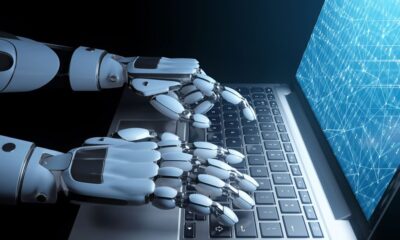
 AI1 year ago
AI1 year agoAI only needs to listen to the sound of keystrokes to predict the content, achieving an accuracy rate of up to 95%
-

 AI2 years ago
AI2 years agoMusk aims to create a super AI to rival ChatGPT
-

 Mobile2 years ago
Mobile2 years agoProduction issue with iPhone 15 display raises concerns among users
-

 Entertainment2 years ago
Entertainment2 years agoSurprisingly, a single YouTube video has the potential to cause serious harm to Google Pixel’s top-of-the-line smartphone
-

 AI2 years ago
AI2 years agoUpon its debut, Google’s chatbot Bard dealt a cold blow to its very creator.
-

 Entertainment2 years ago
Entertainment2 years agoCS:GO Breaks Records with Surging Gamer Engagement and Increased Spending
-

 Crypto1 year ago
Crypto1 year agoExplore in detail about Web 3
-

 Tech1 year ago
Tech1 year agoHuawei has demonstrated to the world that making electric cars is as easy as assembling smartphones


